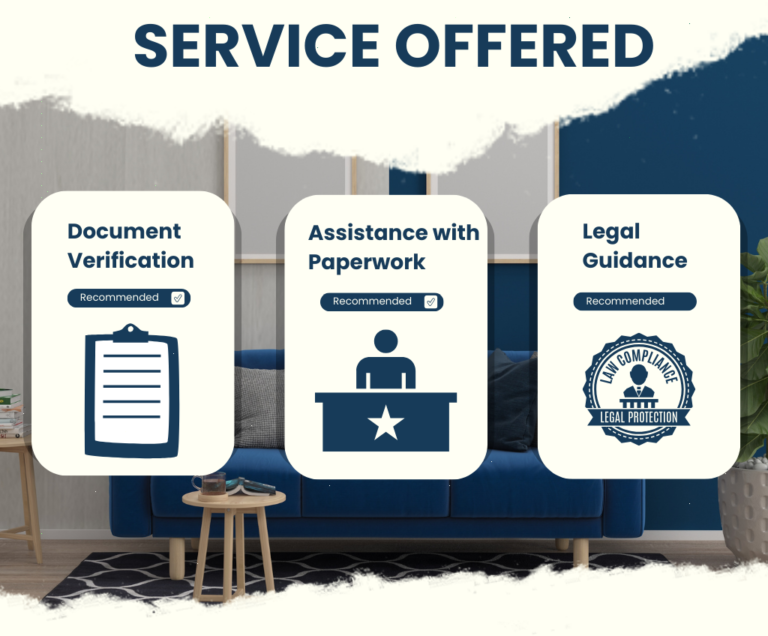RENTAL AGREEMENT
Navigating the Terms & Conditions for Seamless Renting

TIME EFFICIENCY
Streamlined digital processes reduce the time required to create, review, and sign rental agreements, facilitating quicker transactions and move-ins.
COST SAVINGS
Online rental agreements can help reduce costs associated with paper, printing, and transportation, contributing to more environmentally friendly and cost-effective process.
TRANSPARENCY
Online platforms often provide a transparent and traceable record of all interactions and document changes, reducing the potential for misunderstandings or disputes.
WHAT IS RENT AGREEMENT?
A rent agreement, more than a mere contractual document, is a symphony of legal harmony and shared commitment between a property owner and a tenant. It’s a bespoke manuscript, meticulously crafted to encapsulate the nuances of cohabitation within a living space, transforming bricks and mortar into a canvas of rights and responsibilities.
In essence, a rent agreement is the eloquent narrator of a unique narrative – a story of space leased, boundaries respected, and obligations fulfilled. It is the architectural blueprint of a harmonious dwelling, encapsulating the cadence of monthly payments and the choreography of shared living arrangements.
Picture it as a pact between dreams and the physical realm, where the landlord entrusts their property to a tenant, and in return, the tenant embraces not just a shelter but a temporary sanctuary. It’s a mutual pact of consideration, dictating the terms of a peaceful coexistence where the rented space transforms into a haven, echoing with the shared understanding of both rights and duties.
Beyond the legalese, a rent agreement is a commitment dance – a waltz between legal formalities and human connections. It defines the contours of responsibilities, outlines the decorum of usage, and sketches the silhouette of an agreed-upon duration. Within its clauses lie the mutual respect and assurance that convert a rented space into a home.
In essence, a rent agreement is not just a contractual obligation; it is a narrative arc, weaving the aspirations of the landlord and the tenant into a tapestry of shared residency. It breathes life into a property, turning it into more than just a physical space but a canvas for the stories that unfold within its walls.
WHY RENT AGREEMENT IS NECESSARY?
A rent agreement serves as the vital handshake in the landlord-tenant relationship, creating a structured pact for harmonious living. It’s the blueprint that outlines the rules of engagement, defining the roles, responsibilities, and expectations of both parties. This legal document isn’t just a paper trail; it’s a roadmap that navigates the journey of shared occupancy, ensuring clarity, trust, and a smooth tenancy experience. Without it, the dance of cohabitation becomes a risky improvisation, while a well-crafted rent agreement transforms a mere space into a secure and mutually respected home. A rent agreement is the contractual GPS for peaceful cohabitation. It sets clear terms, defining the dance steps of responsibilities and expectations between landlords and tenants. This legal pact is not just a formality; it’s a vital tool for transparency, trust, and smooth living. It acts as a time capsule, capturing the specifics of the tenancy, ensuring both parties are on the same page, and providing a roadmap for resolving issues. In essence, a rent agreement transforms a space into a harmonious home by putting the rules of engagement in black and white. This contractual masterpiece is not merely a formality; it is a linchpin that bolsters trust and transparency. It outlines the terms of occupancy, delineates the financial obligations, and maps the territory of shared responsibilities. By putting pen to paper, both landlord and tenant engage in a pact of assurance, ensuring a stable and respectful living environment.
PROCESS OF CREATING RENT AGREEMENT ONLINE
Creating a rent agreement online involves utilizing digital platforms to draft a legally binding document outlining the terms and conditions of a rental arrangement. This streamlined process typically includes entering relevant details such as tenant and landlord information, rental terms, and property specifics into an online template. Users then customize the agreement to suit their needs, ensuring legal compliance. Once finalized, the document is often e-signed by both parties, providing a convenient and efficient method for generating secure and valid rental agreements.
DOCUMENT REQUIRED FOR RENT AGREEMENT
Full names and addresses of both parties. Contact information, including phone numbers and email addresses.
Duration of the lease (start and end dates) Rent amount, due date, and mode of payment. Security deposit details.
Clarification on whether utilities are included in rent.
Responsibilities for maintenance and repairs.
Any specific rules governing the use of the property. Policies on subletting, pets, and other relevant regulations.
If required in your jurisdiction, details of any witnesses to the agreement. Notary acknowledgment if needed for legal validity.
Complete address of the rental property. Description of the property, specifying details like the number of rooms, amenities, and any specific conditions.
Conditions under which the lease can be terminated by either party. Notice periods for termination.
Copies of identification documents for both tenant and landlord (e.g., Aadhar card, driver’s license). Proof of residence for both parties.
If renewing an existing lease, a copy of the previous agreement.
Information on the platform used for e-signatures, ensuring legal validity.

FAQs
Q1: What information should be included in a rent agreement?
A rent agreement should include details such as names of the landlord and tenant, property address, rent amount, duration of the lease, security deposit, and terms and conditions regarding maintenance and utilities.
Q2: Is a rent agreement mandatory, and what is its legal significance?
While verbal agreements are legal, having a written rent agreement is advisable for clarity and legal protection. It serves as evidence of the agreed terms and helps resolve disputes.
Q3: What is the typical duration of a rent agreement?
The duration of a rent agreement is negotiable between the landlord and tenant. It can be a fixed-term lease (e.g., 12 months) or a month-to-month agreement.
Q4: Can the rent amount be increased during the lease period?
Generally, the rent amount is fixed for the lease duration. However, some agreements may include a provision for rent escalation based on predefined conditions or market rates.
Q5: How is the security deposit handled?
The security deposit is usually collected upfront and is refundable at the end of the lease term, subject to deductions for any damages or unpaid rent. The terms for refund should be clearly outlined in the agreement.
Q6: What happens if either party wants to terminate the lease early?
The terms for early termination should be specified in the rent agreement. Typically, there may be penalties or notice periods required for either party to end the lease before its scheduled expiration.
Q7: Who is responsible for maintenance and repairs?
The agreement should specify the responsibilities for maintenance and repairs. Generally, landlords are responsible for structural repairs, while tenants handle day-to-day maintenance.
Q8: What is the process for renewing the rent agreement?
The agreement should detail the process for renewal, including any changes in rent, terms, or duration. It’s common for both parties to discuss and mutually agree on the terms of renewal.

